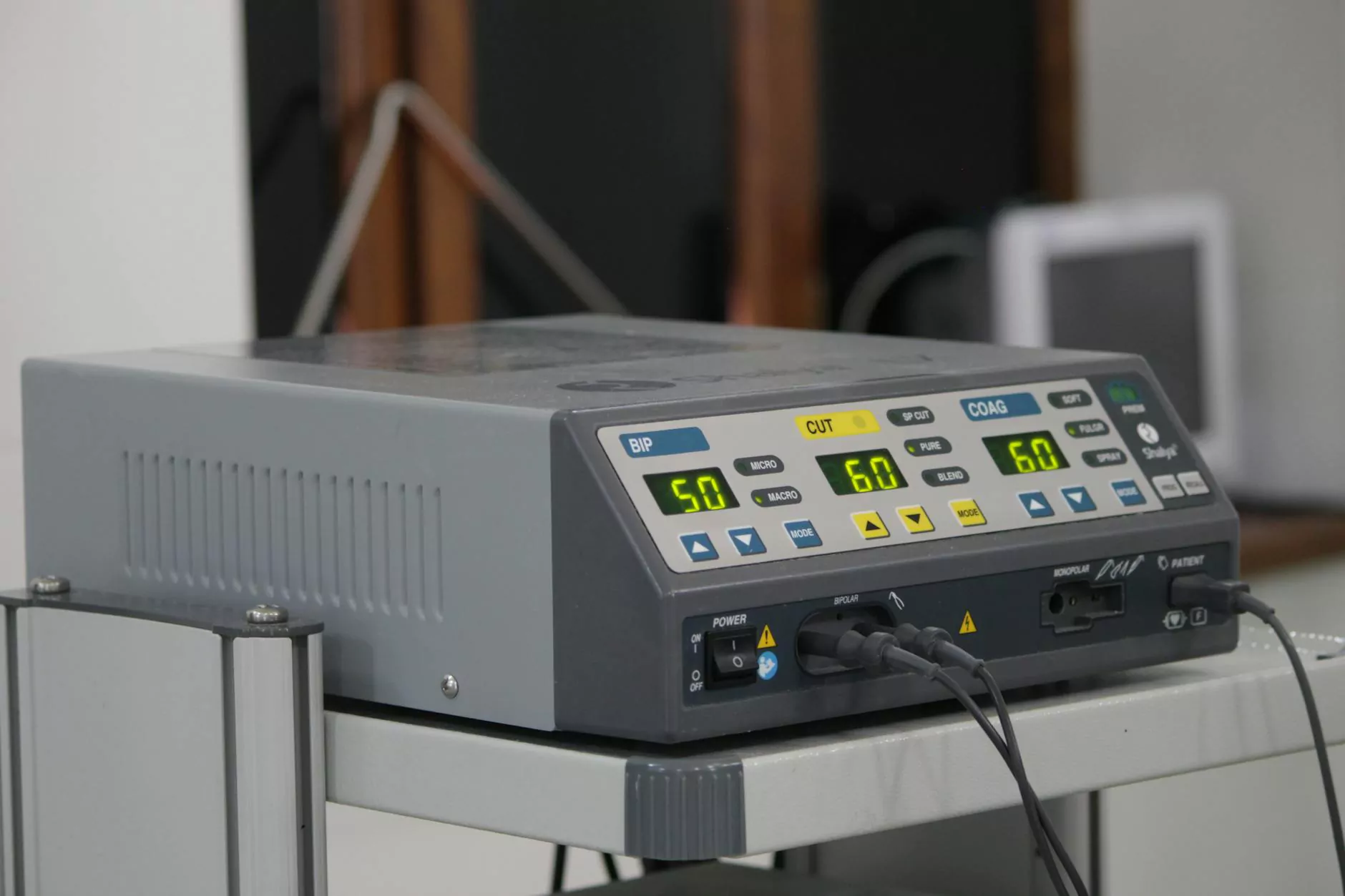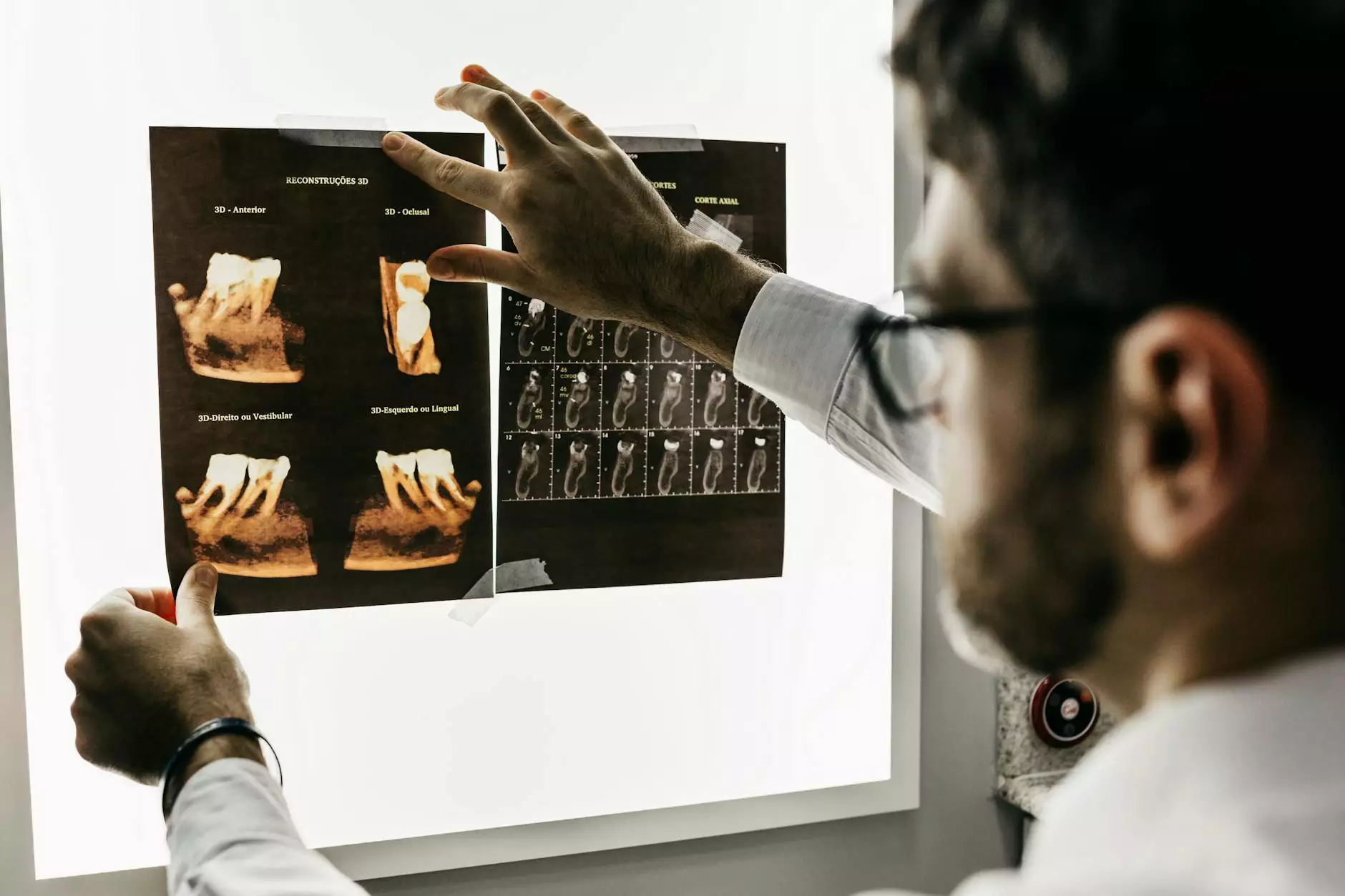In-Depth Insight into the Laparoscopic Bilateral Salpingo-Oophorectomy Procedure

In the realm of women's health, advancements in minimally invasive surgical techniques have revolutionized the way physicians approach complex gynecological conditions. Among these innovations, the laparoscopic bilateral salpingo-oophorectomy procedure stands out as a highly effective and less invasive alternative to traditional open surgeries. This comprehensive guide aims to shed light on this procedure, emphasizing its significance, benefits, surgical process, post-operative care, and the expertise of leading gynecologists such as those at drseckin.com.
Understanding the Laparoscopic Bilateral Salpingo-Oophorectomy
What is Bilateral Salpingo-Oophorectomy?
Bilateral salpingo-oophorectomy (BSO) is a surgical intervention that involves the *removal of both ovaries and fallopian tubes*. It is primarily performed to treat or prevent various gynecological issues, including ovarian cysts, endometriosis, certain ovarian cancers, or as a preventive measure for women at high risk of ovarian or breast cancer (especially those with BRCA mutations).
Why Opt for a Laparoscopic Approach?
The traditional open surgery, known as laparotomy, required large incisions, extended recovery times, and had a higher risk of complications. In contrast, laparoscopic surgery utilizes small incisions, tiny cameras, and specialized instruments that significantly reduce patient discomfort, promote faster recovery, and improve cosmetic outcomes. This minimally invasive method has become the gold standard for surgeries like bilateral salpingo-oophorectomy.
The Laparoscopic Bilateral Salpingo-Oophorectomy Procedure: Step-by-Step Overview
Preparation and Preoperative Considerations
- Comprehensive medical evaluation and imaging studies
- Discussion of risks and benefits with the gynecologist
- Fasting instructions and anesthesia assessment
- Preoperative medications or antibiotics if necessary
The Surgical Process
The procedure is performed under general anesthesia, ensuring the patient’s comfort and immobility. The typical steps include:
- Creating Small Incisions: Usually, 3-4 tiny incisions (5-10mm) are made in the abdomen, often near the navel and lower abdomen.
- Inserting the Laparoscope: A high-definition camera is inserted through one of the incisions, allowing real-time visualization of the pelvic and abdominal organs.
- Introducing Surgical Instruments: Specialized instruments are inserted through the other incisions to carefully dissect and remove the ovaries and fallopian tubes.
- Removing the Organs: The excised tissues are usually placed in a retrieval bag to prevent spillage and then removed through one of the enlarged incisions or via the vagina if appropriate.
- Closing Incisions: Small dressings are applied, and no large external scars are visible post-surgery.
Duration and Anesthesia
The entire laparoscopic bilateral salpingo-oophorectomy procedure typically lasts between 60-120 minutes, depending on individual case complexity. The patient is under general anesthesia, ensuring complete unconsciousness and pain control.
Benefits of Laparoscopic Bilateral Salpingo-Oophorectomy
- Minimally Invasive Technique: Smaller incisions and reduced tissue trauma
- Reduced Pain and Discomfort: Less postoperative pain and faster return to normal activities
- Faster Recovery and Shorter Hospital Stay: Usually discharged within 24-48 hours
- Minimal Scarring: Cosmetically favorable outcomes due to small incisions
- Lower Risk of Complications: Less blood loss, decreased risk of infection, and faster wound healing
- Enhanced Visualization: High-definition cameras allow precise dissection and preservation of vital structures
Conditions Treated with Laparoscopic Bilateral Salpingo-Oophorectomy
This surgical procedure is indicated for a range of gynecological conditions, including:
- Ovarian Cancer: Both as a treatment for early-stage ovarian cancer and as a preventive measure in high-risk women.
- Benign Ovarian Cysts: When cysts are recurrent, complex, or symptomatic and do not respond to conservative management.
- Endometriosis: To remove endometriotic tissue involving ovaries and fallopian tubes.
- Pelvic Inflammatory Disease (PID): In severe cases where infection causes damage and necessitates removal.
- Risk-Reduction Surgery: For women carrying genetic mutations that predispose them to ovarian and breast cancers.
The Importance of Expert Gynecological Care at Dr. Seckin’s Clinic
Choosing a highly experienced obstetrician and gynecologist is essential for ensuring the success and safety of this procedure. At drseckin.com, the team of specialist physicians provides personalized treatment plans, utilizing state-of-the-art laparoscopic techniques. Their expertise minimizes risks and enhances patient outcomes, offering a compassionate approach to women's health.
Postoperative Care and Recovery Tips
Recovery from a laparoscopic bilateral salpingo-oophorectomy generally involves:
- Rest and Limited Activities: Avoid strenuous activities for at least 1-2 weeks.
- Pain Management: Using prescribed analgesics to manage discomfort.
- Wound Care: Keeping incision sites clean and dry, monitoring for signs of infection.
- Gradual Return to Normal Activities: Based on individual recovery, most patients resume work within a week or two.
- Follow-Up Appointments: Regular postoperative visits to monitor healing and address any concerns.
Potential Risks and Complications
While the laparoscopic bilateral salpingo-oophorectomy procedure boasts high safety profiles, potential complications include:
- Bleeding
- Infection
- Injury to adjacent organs (bladder, bowel)
- Adverse reactions to anesthesia
- Hematoma or seroma formation
These risks are minimized when performed by skilled surgeons with proper preoperative planning and intraoperative precautions.
Long-Term Considerations and Hormonal Impacts
Removing both ovaries induces surgical menopause if the patient has not already reached menopause, which involves hormonal changes that require careful management. Patients should discuss hormone replacement therapy (HRT) options with their healthcare providers to mitigate menopausal symptoms and prevent osteoporosis, cardiovascular issues, and other long-term health effects.
Why Choose Dr. Seckin for Your Gynecological Needs?
Dr. Seckin’s clinic is renowned for delivering personalized, high-quality women’s healthcare using the latest laparoscopic technologies. Their reputation is built on:
- Expertise: Extensive experience in minimally invasive gynecological surgeries
- Patient-Centered Approach: Focused on individual needs, comfort, and education
- Advanced Facilities: Cutting-edge surgical equipment and sterile environment
- Comprehensive Care: From diagnosis to recovery and beyond
- Accurate Diagnoses: Employing advanced imaging and diagnostic tools
Conclusion
The laparoscopic bilateral salpingo-oophorectomy procedure is a significant medical advancement that offers women an effective, safe, and minimally invasive option for managing various gynecological conditions, including ovarian cancer prevention and treatment. With the right surgical team, such as the expert gynecologists at drseckin.com, patients can expect excellent outcomes, faster recovery, and optimal long-term health. If you are considering this procedure, consult with a qualified specialist to explore your options and receive personalized care tailored to your unique medical needs.
For more information about this procedure or to schedule a consultation with top-tier obstetricians & gynecologists, visit drseckin.com today.
laparoscopic bilateral salpingo oophorectomy procedure








